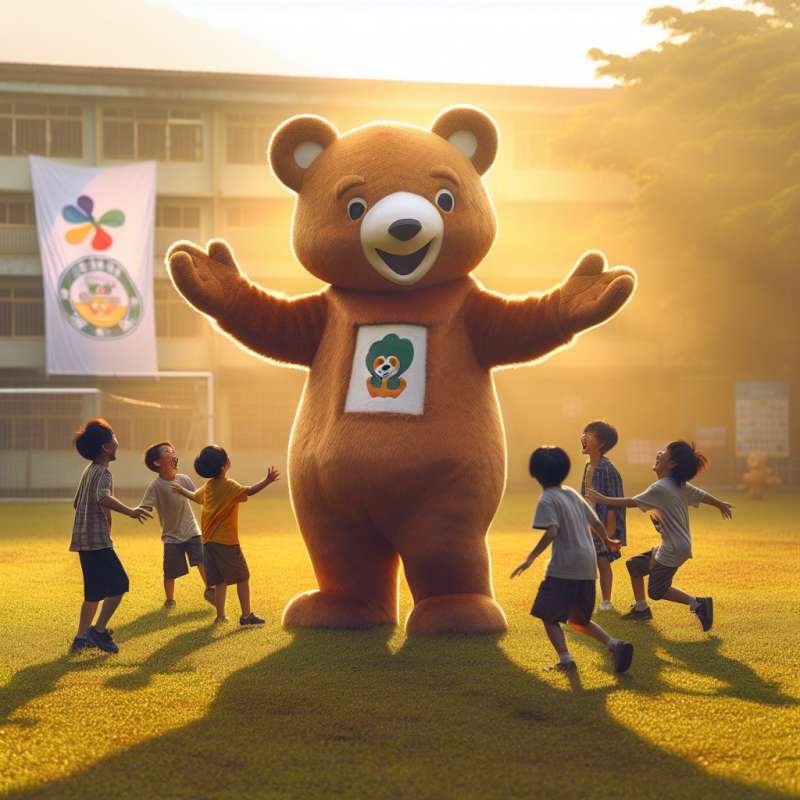
Mascots: More Than Costumes
Life-size mascot figures serve as powerful symbols, embodying the spirit of a brand, team, or event. They transform abstract qualities into tangible, relatable characters that captivate and connect with audiences of all ages.
History of Mascot Figures
The concept of mascots dates back centuries, often beginning as talismans for luck. Modern mascots, however, emerged in the 1960s with the expansion of sports marketing and the need for engaging brand representatives.
Marketing and Engagement
Mascots are invaluable marketing tools. They create emotional connections, enhance brand recall, and can significantly increase customer engagement through interactive experiences and social media presence.
Mascot Design Psychology
Designing a mascot involves psychological insights to ensure it appeals to the target audience. Factors include color theory, anthropomorphic features, and cultural symbols to evoke trust, loyalty, and affection.
Mascots in Cultural Events
Life-size mascots often play pivotal roles in cultural events, such as the Olympics. They embody the event's values and themes, while also providing a memorable symbol that can transcend language barriers.
Economic Impact
Surprisingly, mascots can have a significant economic impact. Merchandising mascot-branded products creates additional revenue streams for the associated organization or brand.
Mascot Bloopers
Mascot performances aren't always flawless. Bloopers often become viral sensations, further boosting recognition and relatability. These unplanned moments can make mascots more endearing to the public.
What do mascots primarily symbolize?
Product functionality
Brand or team spirit
Financial investment strategies
Company